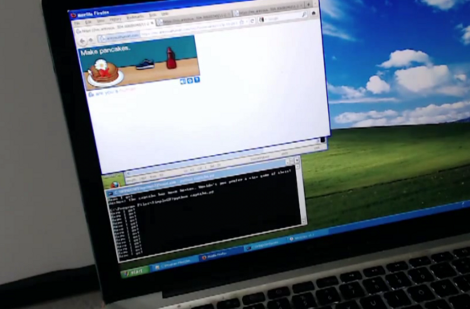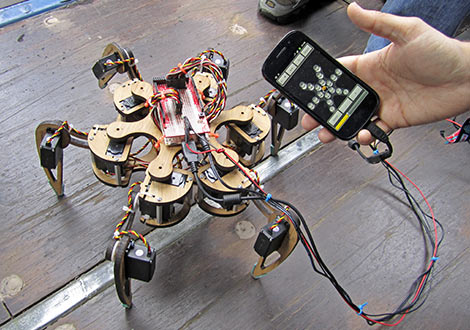
What do you put on your pancakes? Butter and syrup but not a pair of shoes? This makes sense to us, and it’s the premise of the new CAPTCHA game PlayThru. The space that is normally filled by nearly illegible text is now taken up by a little graphic-based game where you drag the appropriate items to one part of the screen. In addition to being easier than deciphering letters, this new platform shouldn’t require localization. But alas, it seems the system is already broken. [Stephen] sent us a link to a bot that can pass the PlayThru CAPTCHA.
Take a look at the video after the break to see the four test-runs. It looks like the bot is just identifying the movable objects and trying them out. Sometimes this is quick, sometimes not. But it does eventually succeed. For the PlayThru developers this should be pretty easy to fix, just make an error limit for trying the wrong item. At any rate, we can’t think defeating the current system is nearly as hard as defeating reCaptcha was.
Update: [Tyler] over at Are You A Human wrote in to share their side of this story. Apparently we’re seeing the bot play the game, but not necessarily pass it. It isn’t until the game if finished and the playing information is sent to their servers that a decision is made on whether it is successful or not. This way they can change the authentication parameters from the server side at any time.
At the same time, [Stephen] updated his bot and made a video of it playing the game without any shoes on the pancakes.
Continue reading “CAPTCHA Bot Beats New Are You A Human PlayThru Game”















